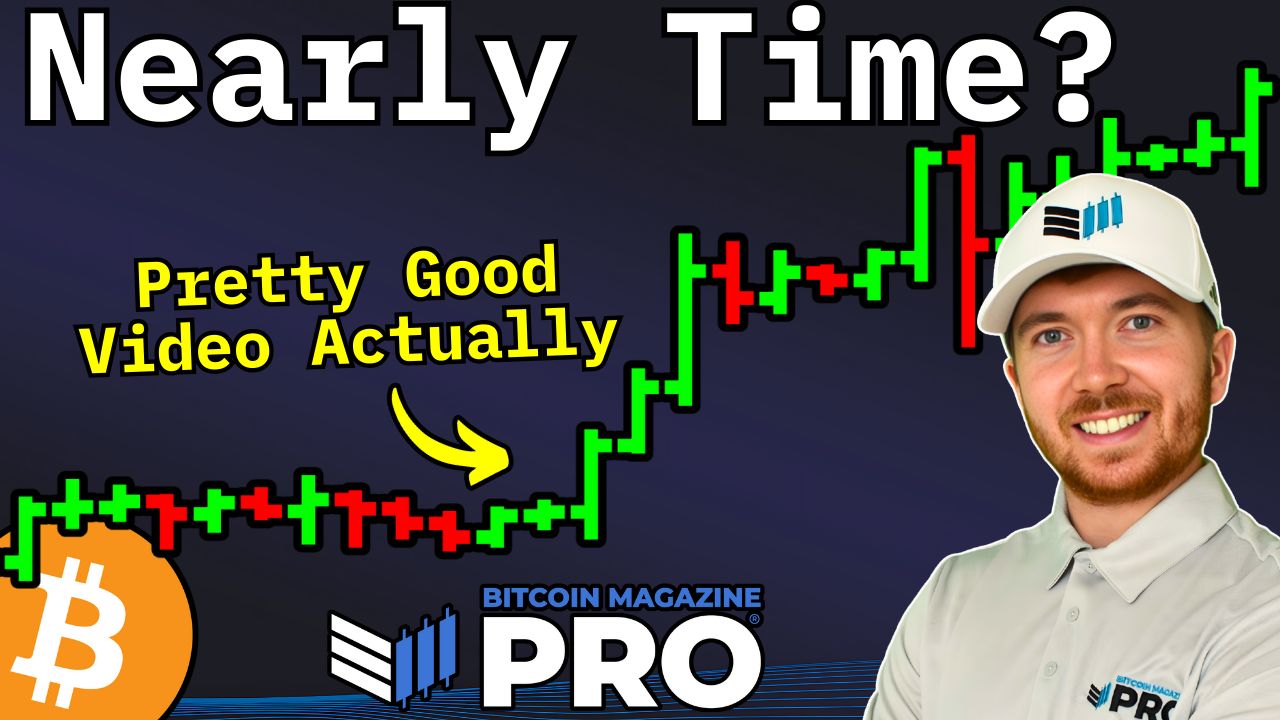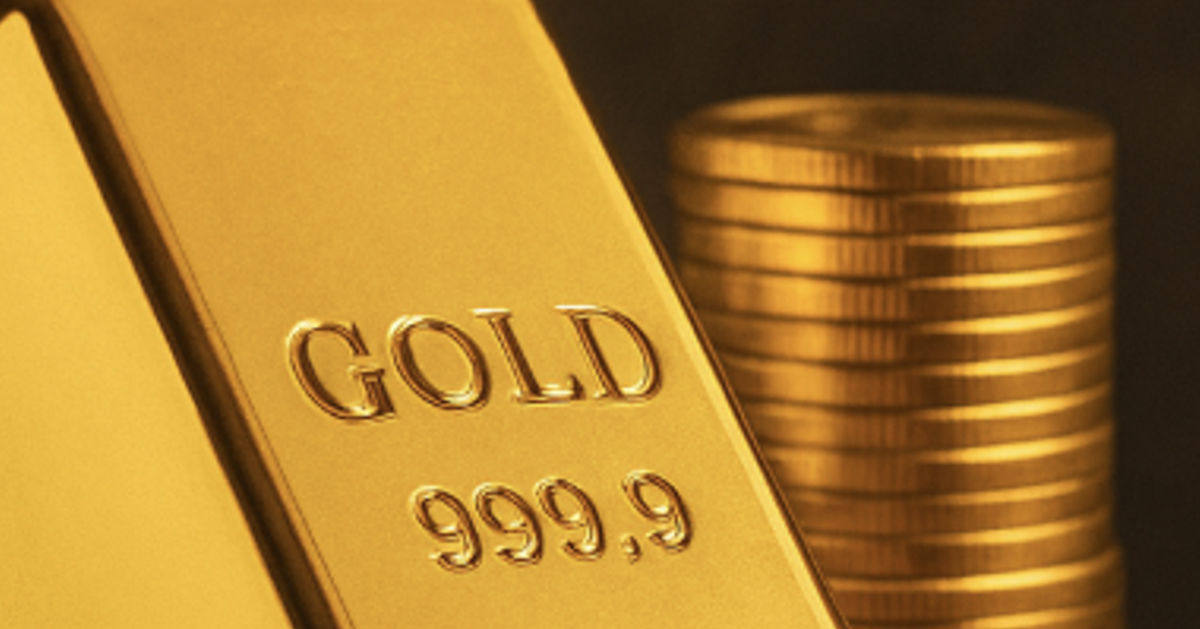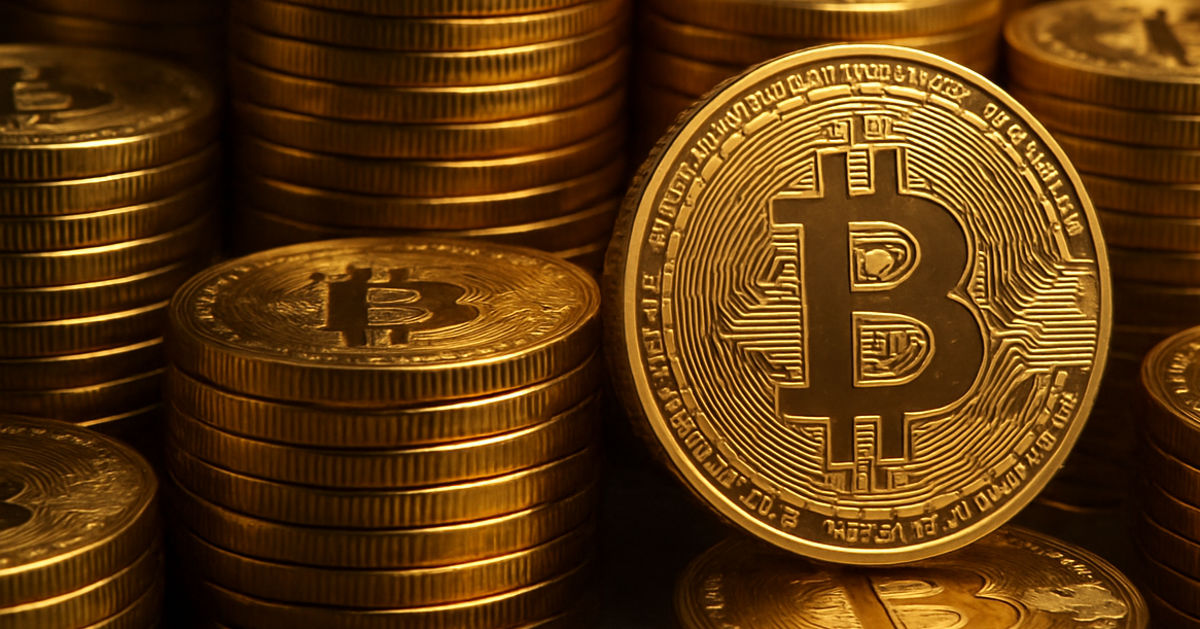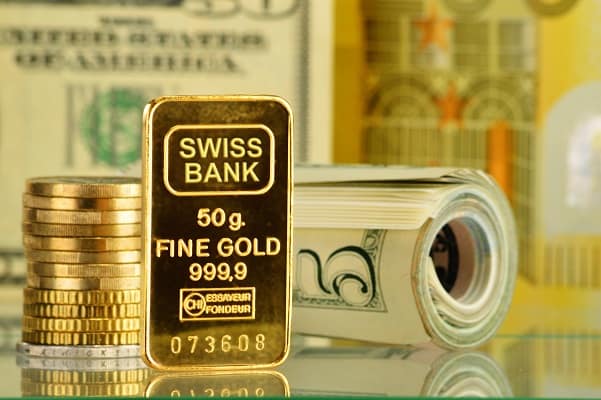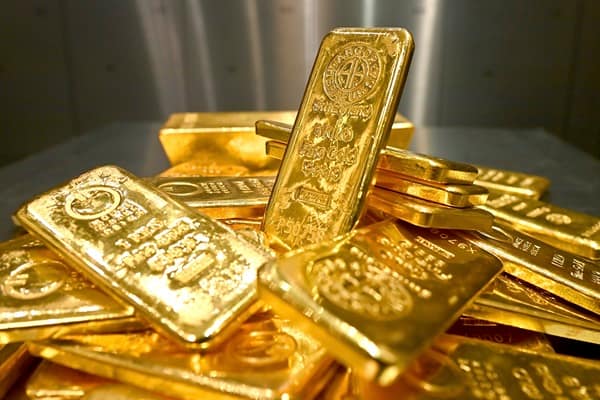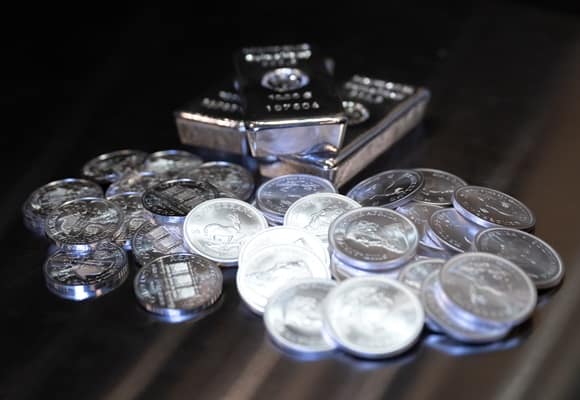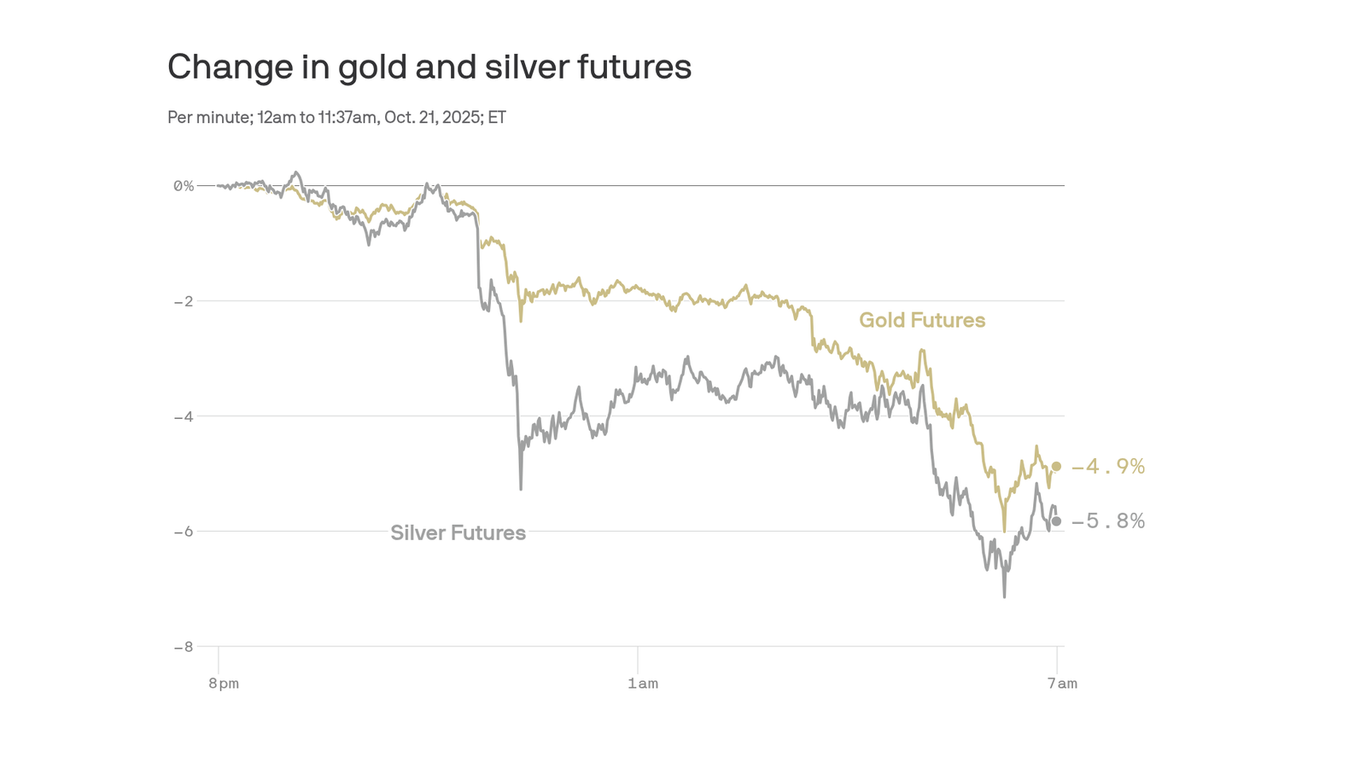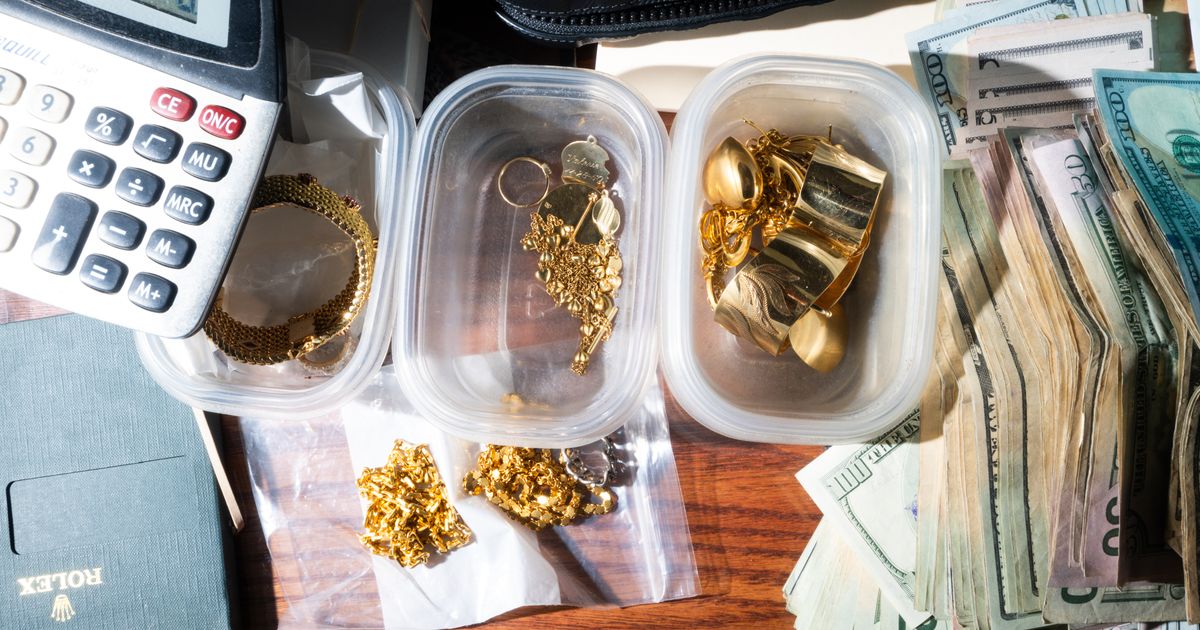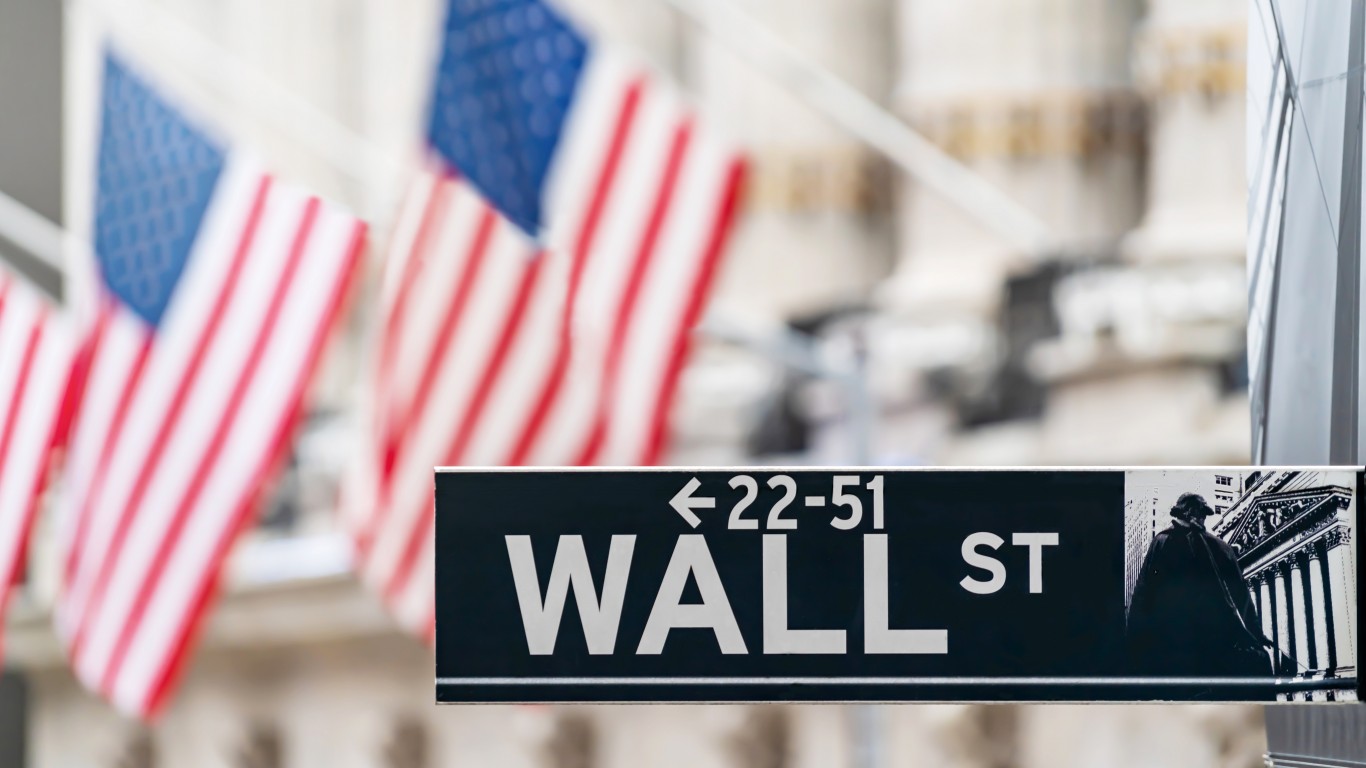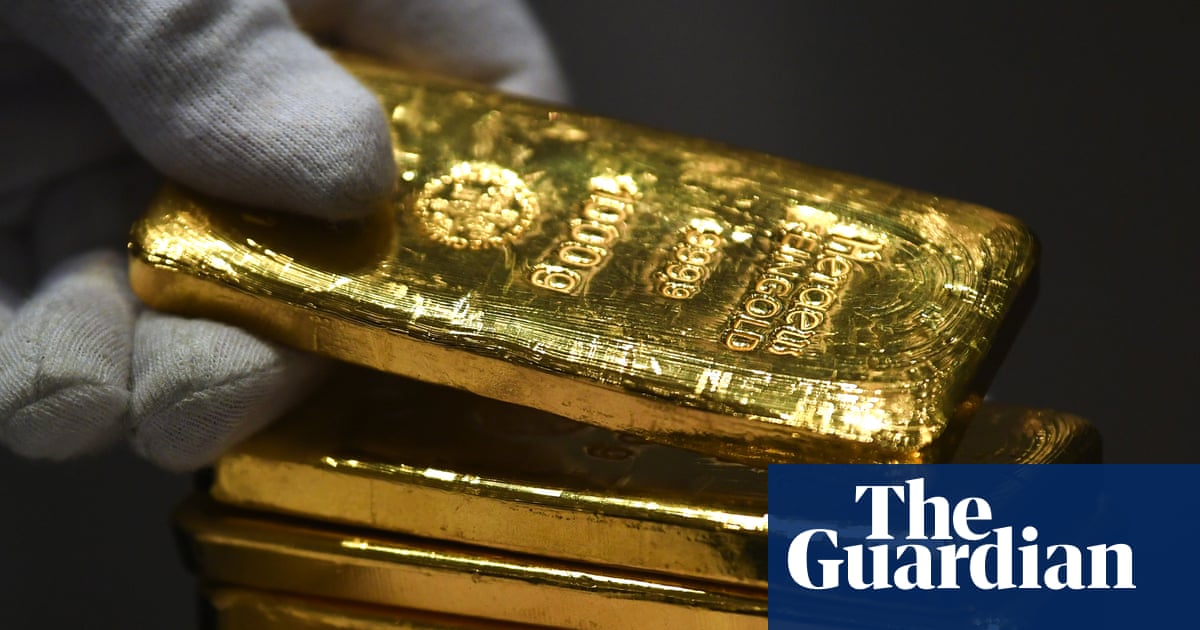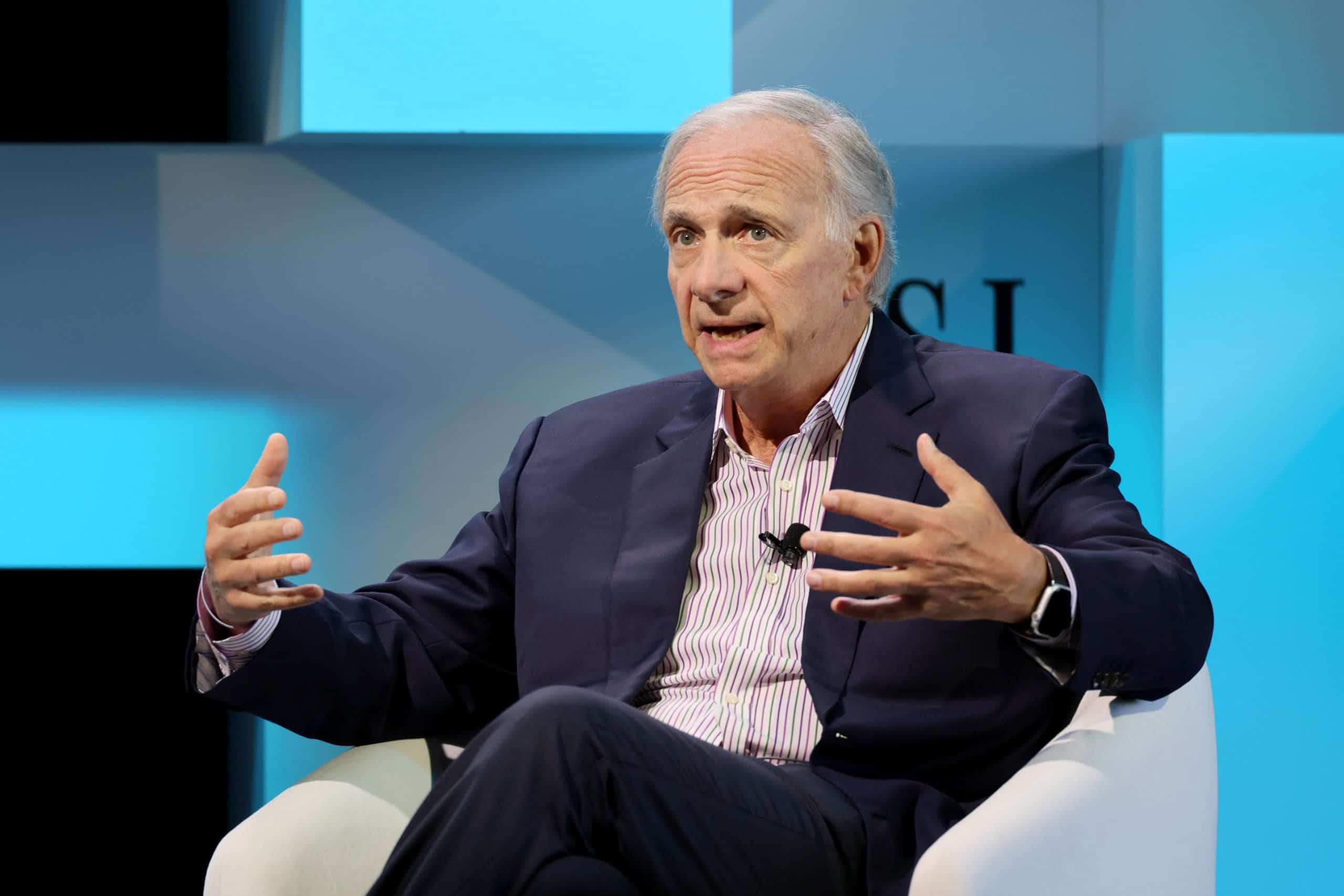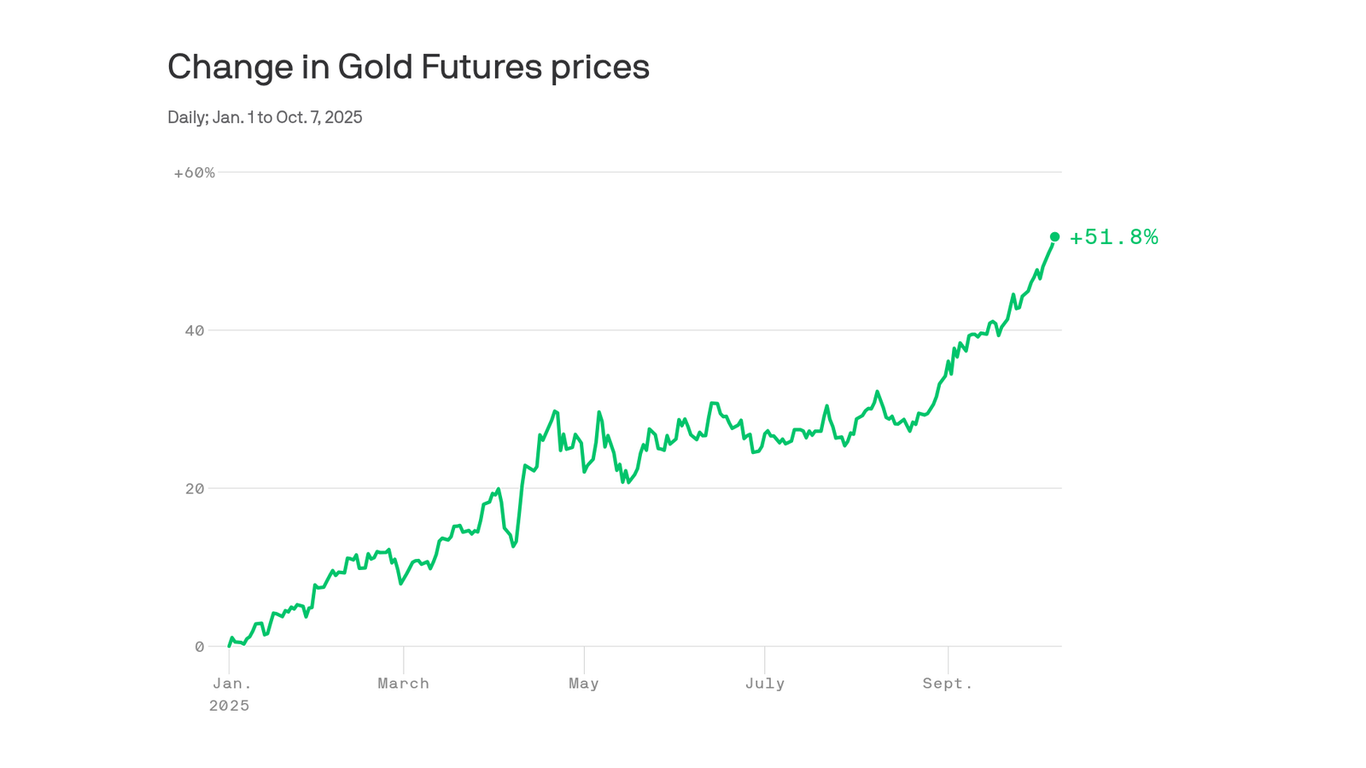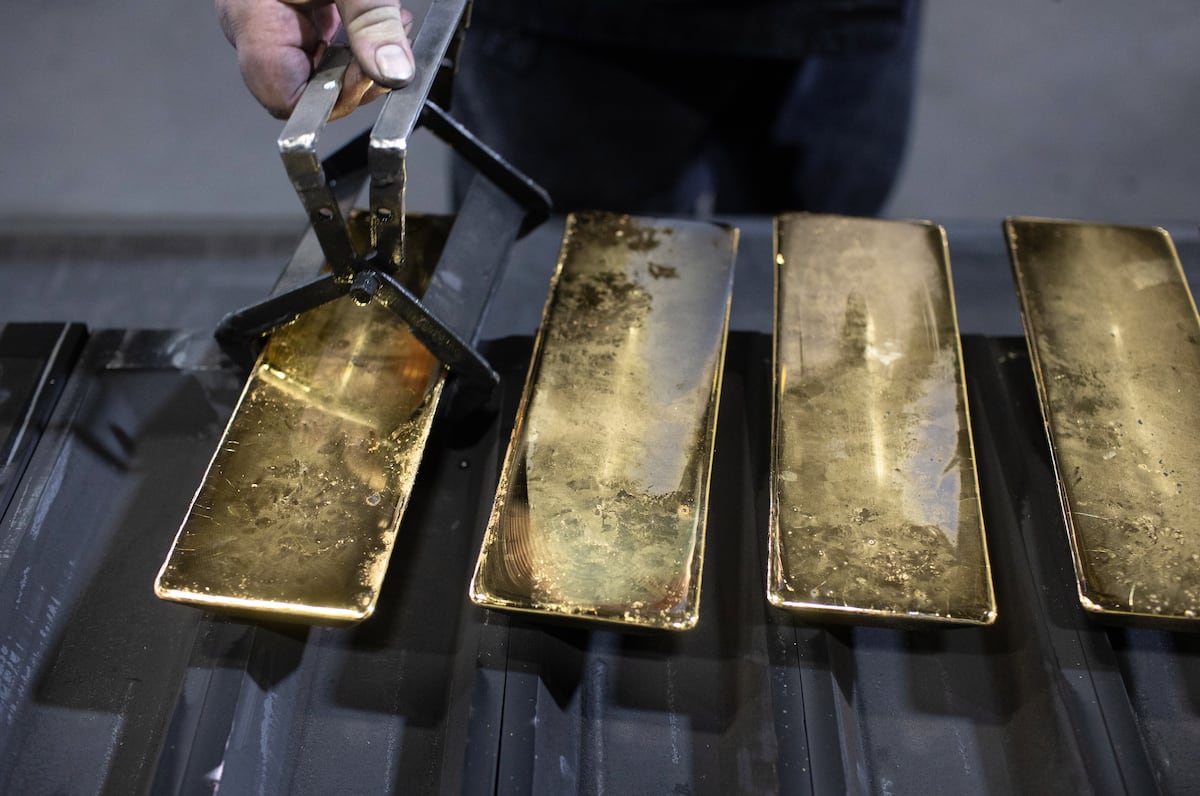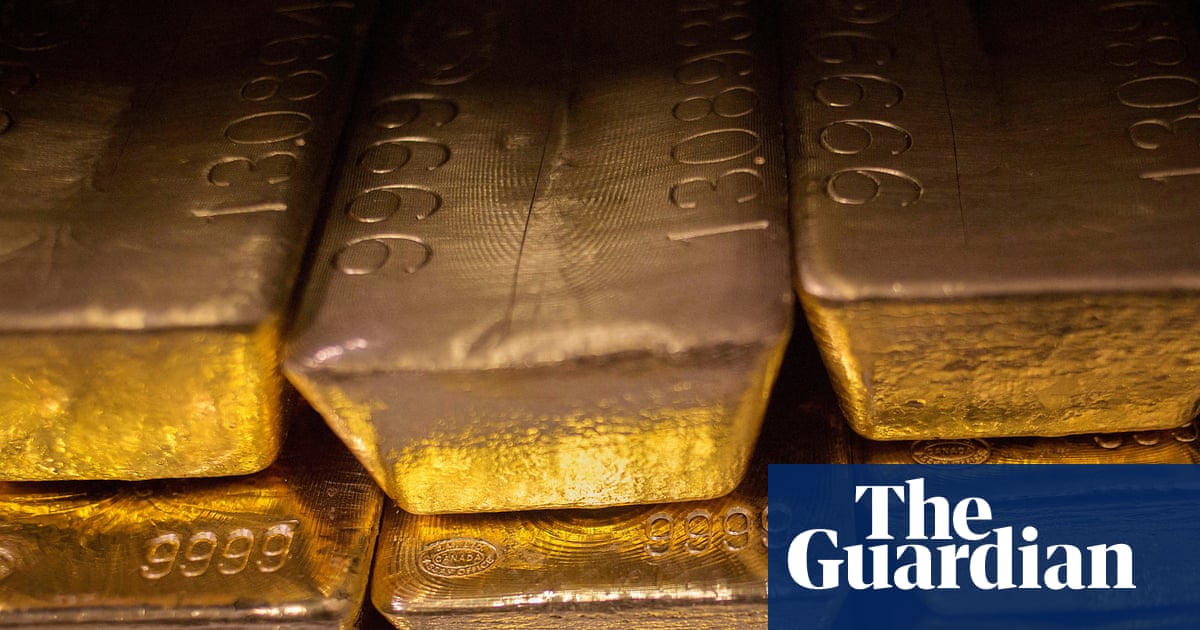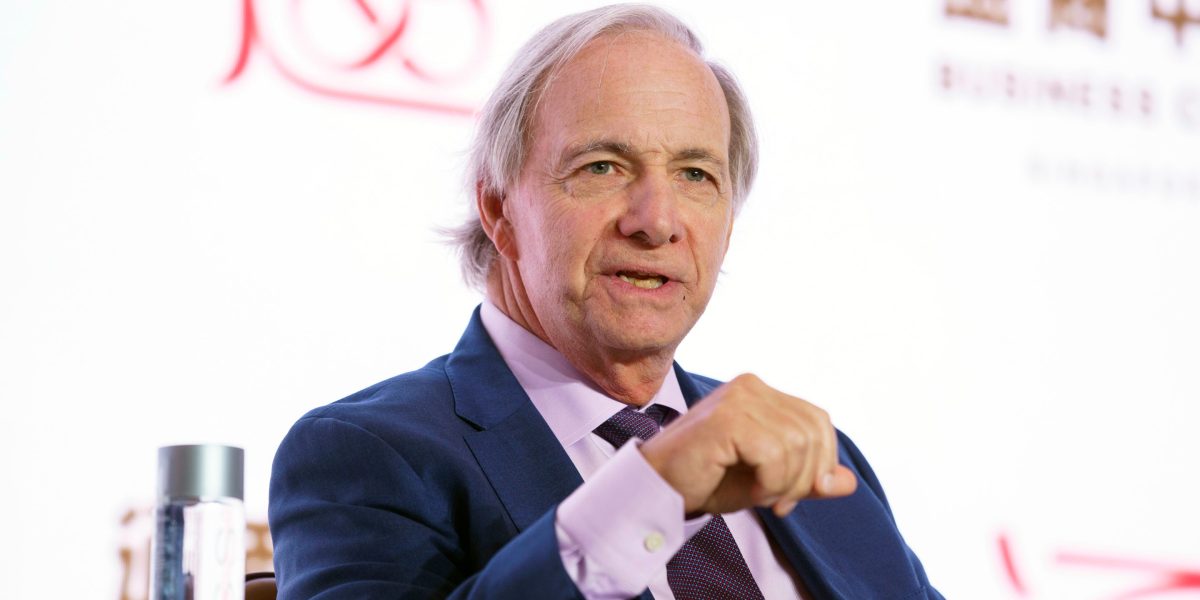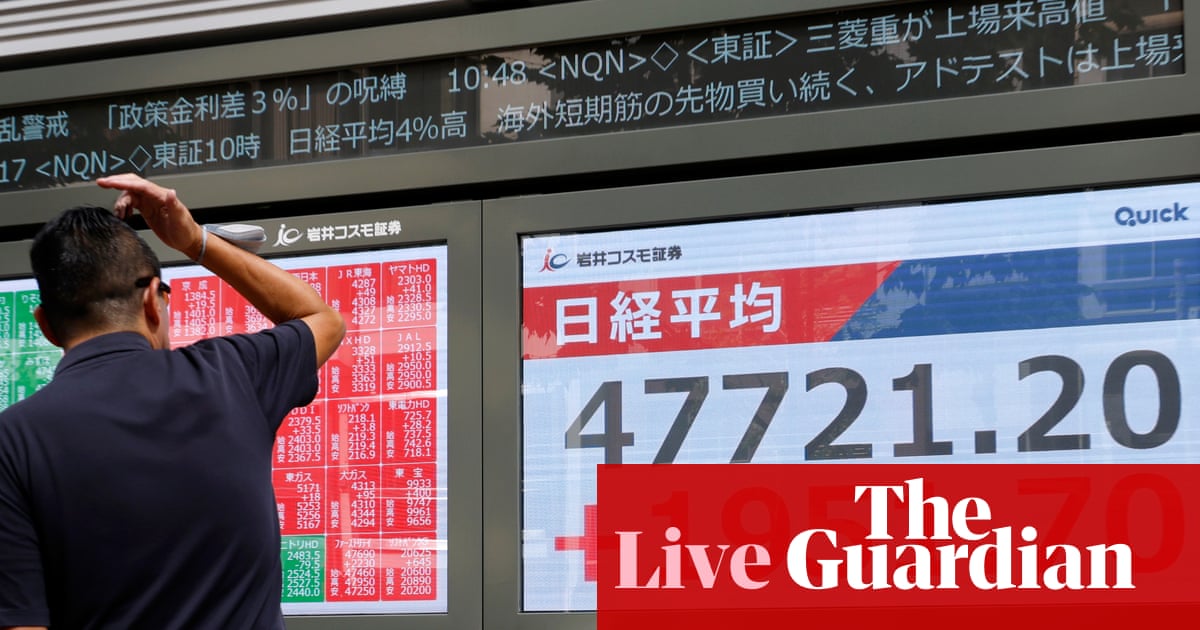#gold
#gold
[ follow ]
#geopolitical-risk #federal-reserve #bitcoin #inflation #safe-haven-assets #monetary-policy #safe-haven-demand
UK news
fromLondon Business News | Londonlovesbusiness.com
2 weeks agoInvestors flock to tax-efficient gold ahead of Rachel's budget - London Business News | Londonlovesbusiness.com
Demand for tax-free physical gold surged ahead of the November 26, 2025 Budget, driven mainly by its Capital Gains Tax and VAT exemptions.
from24/7 Wall St.
2 weeks agoWhere to Put Your Gold Money Now That The Market Is Getting Nervous
When Lee asked me about the latest moves in gold, I told him the speed of the prior run still stood out. The metal sprinted toward the 4100 and 4200 range so quickly that many investors avoided buying simply because they felt they were chasing. Then the selling pressure hit. Gold dropped nearly twenty percent, falling back into the high 3900s before buyers stepped in again.
World news
fromGameSpot
3 weeks agoRiot Expands On Riftbound In Exciting Ways With Spiritforged
Even if your unit is killed in battle, they stay in play for you to equip another unit providing a great deal of value. One of the most exciting new pieces of Equipment is Draven's signature Spinning Axe. This piece of equipment can be played as a Reaction instantly, and provides a +3 bonus that's sure to catch opponents off guard.
Board games
from24/7 Wall St.
3 weeks ago2 Gold Dividend ETFs That Are Must Buys Right Now
Gold has doubled in price in the past two years. Gold dividend ETFs like and have been major beneficiaries. This isn't just a fluke or speculation. Central banks and individuals worldwide are actively piling into gold as they see it as the safest asset to put their money into. Markets are healthy at the moment, and we are amidst an AI rally, so why are investors still choosing gold?
Business
Business
from24/7 Wall St.
1 month agoHere Are Thursday's Top Wall Street Analysts Research Calls: Amazon.com, Biogen, Caterpillar, e.l.f. Beauty, Southern Company and More
Markets rebounded after a sell-off as jobs growth, positive earnings, and easing AI bubble concerns supported stocks while bond yields and oil and gas shifted.
Miscellaneous
fromLondon Business News | Londonlovesbusiness.com
1 month agoCity investors eye alternative assets in tough UK economy - London Business News | Londonlovesbusiness.com
London investors are shifting into gold, commodities and alternative assets to protect value amid weak UK growth, sticky inflation, and volatile markets.
from24/7 Wall St.
1 month agoTuesday's Top 10 Wall Street Analyst Upgrades and Downgrades: Crowdstrike, Starbucks, Constellation Energy, McDonalds and More
The futures are trading higher on Tuesday after a strong start to the week on Wall Street. Traders were buoyed by positive news on the potential for a trade agreement with China and the potential resolution of the TikTok issue. With Wall Street ready for a deluge of earnings this week, the most important of which come from technology giants in the Magnificent 7, it may remain a task for the momentum-driven rally to keep moving higher. Still, with strong retail participation and new money pouring into the market from overseas, the run to 7000 on the S&P 500 is on and humming.
US news
fromLondon Business News | Londonlovesbusiness.com
1 month agoGold rebounds above $4,000 ahead of Fed decision - London Business News | Londonlovesbusiness.com
Gold rose on Wednesday, snapping a three-day losing streak as investors bought the dip ahead of the Federal Reserve's policy announcement later in the day. After briefly touching USD 3,885 on Tuesday, its lowest level in nearly a month, bullion rebounded sharply and regained the USD 4,000 threshold, as traders positioned for the widely expected 25-basis-point rate cut. Market participants will focus on Fed Chair Jerome Powell's guidance regarding the pace of additional easing, with another reduction in December already priced in.
World news
fromLondon Business News | Londonlovesbusiness.com
1 month agoGold near $4,100 as traders eye inflation data and geopolitical developments - London Business News | Londonlovesbusiness.com
Gold steadied around USD 4,100 on Thursday, finding support after a sharp two-day slide, as investors weighed renewed geopolitical tensions and upcoming US inflation data. The metal paused its decline despite lingering headwinds, including a firmer dollar and this week's largest single-day outflow from gold-backed ETFs in five months. On the geopolitical front, Washington announced new sanctions on Russia's two largest oil companies after the planned Trump-Putin meeting was shelved, while cross-border strikes intensified near Russia's Belgorod region.
World news
World news
fromLondon Business News | Londonlovesbusiness.com
1 month agoGold falls over 5% amid stronger dollar and profit-taking - London Business News | Londonlovesbusiness.com
Gold prices fell over 5% in one day as a stronger dollar, profit-taking, and improved risk sentiment reduced safe-haven demand.
Business
fromFortune
1 month agoGoldman Sachs says the demand for gold is not just hype, and predicts the U.S. could still see a repeat of a Nixon-era spike | Fortune
Gold prices surged on fundamentals—tariff-driven uncertainty, dollar depreciation, trade tensions, and central bank buying—prompting forecasts of further gains to $4,900 by end-2026.
fromwww.theguardian.com
1 month agoGlobal markets fall and gold hits record high amid jitters over US banks
Global stock markets fell sharply and gold hit a record high after two US regional banks said they had been exposed to millions of dollars of bad loans and alleged fraud. Signs of credit stress rattled markets across Europe and Asia. In London the FTSE 100 fell 1.5%, Germany's Dax fell 2%, the Ibex in Spain was off 0.8% and France's Cac 40 dropped 1.5%, before recovering some ground.
World news
Miscellaneous
fromLondon Business News | Londonlovesbusiness.com
1 month agoFTSE 100 lags as chancellor warns of higher tax and lower spending - London Business News | Londonlovesbusiness.com
European markets rose on luxury outperformance and semiconductor strength, while UK fiscal tightening weighed on the FTSE and gold rallied amid US shutdown uncertainty.
US news
fromLondon Business News | Londonlovesbusiness.com
1 month agoGold hits new record as US-China tensions reignite safe-haven demand - London Business News | Londonlovesbusiness.com
Gold reached a record high as US-China trade volatility and expected Fed rate cuts boosted safe-haven demand amid fragile geopolitical tensions.
US politics
fromFortune
1 month agoMarkets expect Trump's latest China tariffs will backfire as gold jumps and the dollar 'is not looking looking healthy' | Fortune
U.S.–China tariff escalation and China's rare-earth limits hit markets: stocks fell, the dollar weakened, and gold rose as investors see tariffs backfiring on the U.S.
fromBusiness Insider
2 months agoHow to buy gold and other precious metals from Costco online and in-store
Two dozen eggs, a gallon of milk, 30 rolls of toilet paper - and one ounce of 24 karat gold. While that might be one of the more expensive grocery runs a Costco shopper might make, it is one that could realistically happen. Costco sells hundreds of millions of dollars' worth of gold and silver each month. There are two ways to buy bars and coins from the wholesale club: online and in-store at certain warehouses. Here's what that looks like.
E-Commerce
World news
fromFortune
2 months ago'Buckle up': IMF chief tells business community that 'uncertainty is the new normal and it is here to stay' | Fortune
Global economic uncertainty has become persistent, driven by trade tariffs, rising gold demand, and risks that could test global resilience despite modest growth.
Business
fromLondon Business News | Londonlovesbusiness.com
2 months agoGold above $4,000 as shutdown risk and global turmoil drive a safe haven rush - London Business News | Londonlovesbusiness.com
Gold rose above $4,000 driven by softer real rates, persistent geopolitical risk, steady central-bank buying, ETF flows, and tightened market positioning.
World news
fromLondon Business News | Londonlovesbusiness.com
2 months agoGold above $4,000 as US shutdown and global turmoil fuel safe-haven rush - London Business News | Londonlovesbusiness.com
Gold surged past USD 4,000 as investors sought safe-haven assets amid dovish Fed signals, record ETF inflows, government shutdown uncertainty, and heightened geopolitical tensions.
UK news
fromLondon Business News | Londonlovesbusiness.com
2 months agoGold's panic-freer rush nears 3,000 as first-time UK bullion buyers triple - London Business News | Londonlovesbusiness.com
UK gold investment surged as bullion nears £3,000/oz, driving record BullionVault inflows, account openings, and £5.3bn holdings.
from24/7 Wall St.
2 months agoSprott Gold Miners ETF (SGDM) Up 115% This Year And Could Just Be Getting Started
The spot gold price could hit $5,000 this year, and you'll surely be disappointed if you missed out on the opportunity. However, you might not want to bother with shipping, storing, and insuring gold bars or coins. Furthermore, certain types of investment accounts don't directly allow gold bullion investments. That's fine since there's a near-perfect workaround with the Sprott Gold Miners ETF. There's no need to hold physical gold, and many investment accounts will allow you to buy and sell an ETF such as SGDM.
Business
Business
fromAol
2 months ago'You can't pump gold': Goldman Sachs says gold has more in common with Manhattan real estate than oil
Gold's limited, mostly fixed supply and role as a tradable store of value drive prices through ownership changes, similar to Manhattan real estate's scarcity-driven pricing.
from24/7 Wall St.
2 months agoGold Miners Are Crushing AI-Led Chip Rally - 6 Strong Buy Stocks
Gold prices have surged over 45% in 2024, reaching multiple record peaks and heading toward their strongest annual performance in 45 years. Beyond purchases by central banks, the precious metal has gained momentum from the Federal Reserve's interest rate reductions, the global shift away from dollar dependence, and increased investment in gold ETFs. In addition, with the stock market seemingly printing new all-time highs every week, gold and the gold miners are seen as a solid hedge against a market meltdown
Business
US news
fromLondon Business News | Londonlovesbusiness.com
2 months agoGold enters a corrective phase to rebalance - London Business News | Londonlovesbusiness.com
Profit-taking and a stronger USD from better U.S. macro data press gold near-term, while central bank purchases and ETF inflows support structural demand.
fromLondon Business News | Londonlovesbusiness.com
2 months agoGold hits fresh record as weaker dollar fuels rally - London Business News | Londonlovesbusiness.com
Gold surged to another record high on Tuesday, lifted by a softer dollar and firm expectations of the Federal Reserve easing. Traders are now fully pricing in a 25-basis-point cut at next week's policy meeting, with a slim chance of a larger 50-basis-point move, reinforcing demand for the non-yielding asset. Markets are also awaiting the Fed's quarterly projections and Chair Jerome Powell's press conference for signals on the pace of future cuts.
World news
[ Load more ]
